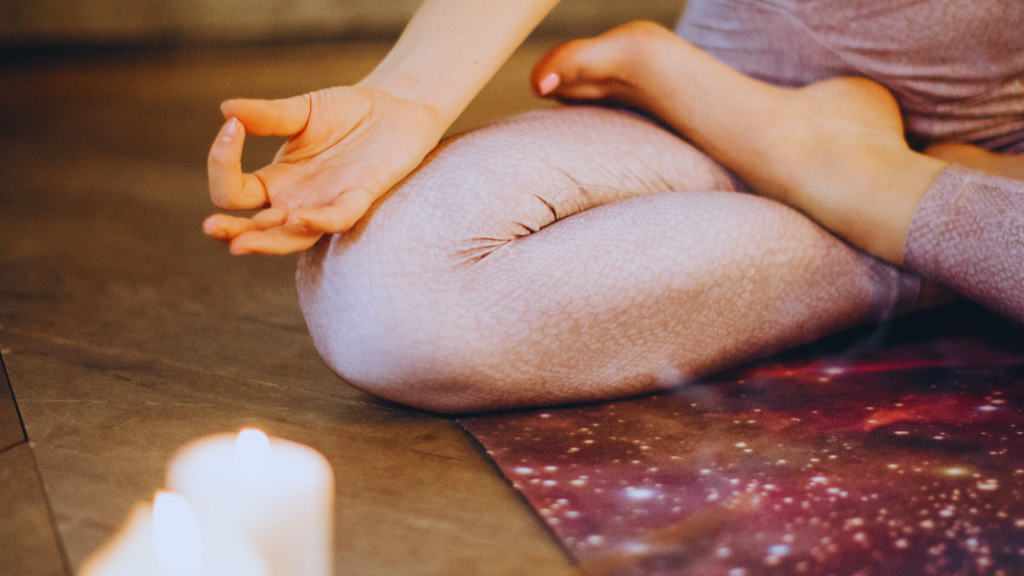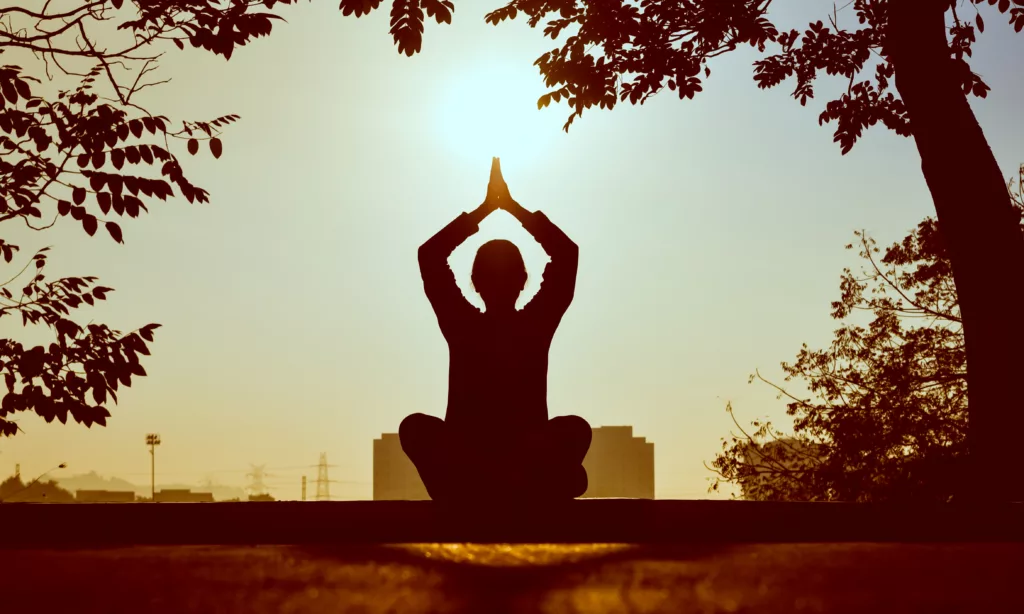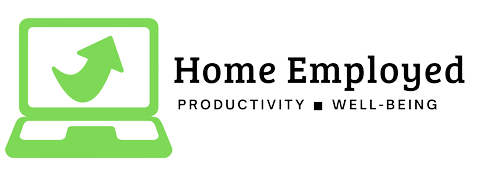Home Office Meditation Techniques to Reduce Stress is a practice that has been utilized by many different cultures for spiritual growth, relaxation, and stress reduction. In recent years, scientific research has also begun to explore the potential benefits of meditation for overall health and well-being. This article will explore some of the scientific research on home office meditation techniques for stress reduction and provide some tips and guidance on how to incorporate meditation into your daily routine as a way to reduce stress and improve overall well-being.

The Science Behind Meditation
First, it is important to understand what meditation is and how it can be helpful for stress reduction. Meditation is a practice that involves focusing the mind on a single point of reference, such as the breath or a mantra. It can be done in a seated position or while walking, and can involve various techniques such as mindfulness meditation, transcendental meditation, or loving-kindness meditation.
There is a growing body of scientific research that suggests that meditation can be an effective tool for reducing stress and improving overall well-being. One study conducted by the National Institutes of Health found that mindfulness meditation was associated with a significant reduction in stress and anxiety symptoms among participants. Another study published in the Journal of the American Medical Association found that mindfulness meditation was associated with improved sleep and decreased fatigue among cancer survivors.
In addition to these findings, meditation has also been found to have other potential benefits for overall health and well-being. For example, some research suggests that meditation may have positive effects on blood pressure, heart rate, and immune function. It may also improve attention and concentration, as well as increase feelings of calm and relaxation.
Daily Routine
So, how can you incorporate meditation into your daily routine as a way to reduce stress and improve well-being while working from home? Here are a few tips to get started:
- Find a comfortable and quiet space to meditate. It could be a dedicated meditation room or a corner of your home office. Make sure the space is free from distractions and comfortable for you to sit in for an extended period of time.
- Set aside time to meditate. Try to meditate at the same time each day to make it a consistent practice. Even just a few minutes of meditation can be beneficial, so don’t worry if you don’t have a lot of time to spare.
- Start with a short meditation practice. If you are new to meditation, it may be helpful to start with a shorter practice of just a few minutes and gradually increase the length of your meditation sessions as you become more comfortable with the practice.
- Focus on your breath. One simple way to meditate is to focus on your breath. Sit in a comfortable position and try to pay attention to the sensation of the breath as it moves in and out of your body. If your mind wanders, gently redirect your attention back to your breath.
- Consider using a guided meditation. If you are new to meditation and aren’t sure where to start, you may find it helpful to use a guided meditation. There are many guided meditation resources available online or through apps such as Headspace or Calm.
- Make it a habit. Meditation can be a powerful tool for stress reduction, but it is important to make it a consistent part of your daily routine in order to see the full benefits. Try to meditate at least a few times a week, and gradually increase the frequency as you become more comfortable with the practice.
In addition to incorporating meditation into your daily routine, there are other steps you can take to reduce stress while working from home. For example, try to establish a consistent daily routine, including setting boundaries around work and taking breaks to rest and recharge. It can also be helpful to prioritize self-care activities such as exercise, healthy eating, and getting enough sleep.
If you are interested in incorporating meditation into your daily routine as a way to reduce stress while working from home, there are several steps you can take to get started. Find a comfortable and quiet environment to meditate, set aside time to practice, and consider using a guided meditation to help you get started. Focus on your breath and try to make meditation a consistent part of your daily routine in order to see the full benefits.
In conclusion, meditation is a practice that has been used for centuries to reduce stress and improve overall well-being. Scientific research has also begun to explore the potential benefits of meditation, and the findings suggest that it can be an effective tool for reducing stress and improving overall health and well-being. Consider this while creating the layout of your home office.
Tailor Meditation to you
It is also important to remember that meditation is a personal practice, and what works for one person may not work for another. Experiment with different techniques and approaches to find what works best for you and your needs. With regular practice, meditation can be a powerful tool for stress reduction and overall well-being.
Finally, consider seeking support from friends, family, or a mental health professional if you are feeling overwhelmed or struggling with stress. By taking care of yourself and finding effective stress management strategies, you can create a healthy and balanced home office environment that supports your overall well-being.

Techniques to WFH Meditation
- Find a quiet and comfortable place to meditate where you can sit or lie down undisturbed.
- Set aside a specific time for meditation each day. Start with a few minutes and gradually increase the duration as you become more comfortable with the practice.
- Wear comfortable clothing that allows you to relax.
- Choose a comfortable position, either sitting upright in a chair with your feet planted firmly on the ground, or lying down on a mat or carpet.
- Close your eyes and take a few deep breaths, focusing on the sensation of the breath as it enters and exits your body.
- Bring your attention to your breath, noticing the rise and fall of your chest or the sensation of air entering and leaving your nostrils.
- Whenever you get distracted, gently redirect your focus back to your breath. It’s natural for your mind to wander, and it’s okay. Just try not to get too frustrated or hard on yourself.
- If you find it difficult to focus on your breath, you can try repeating a mantra or word in your mind, such as “peace” or “calm.”
- Try to let go of any judgments or expectations you have about your meditation practice, and simply allow yourself to be in the present moment.
- When you’re ready to finish your meditation, slowly open your eyes and take a few moments to stretch and reorient yourself before returning to your daily activities.
I hope these tips are helpful!
Types of Meditation
There are many different types of meditation, and different practices work for different people. Here are four common types of meditation:
- Focused attention meditation: This type of meditation involves focusing your attention on a single point, such as your breath, a mantra, or a physical object. The goal is to keep your mind from wandering and to cultivate a sense of mindfulness and presence.
- Open-monitoring meditation: This type of meditation involves keeping your mind open and paying attention to whatever arises in your awareness, without trying to focus on any one thing in particular. The goal is to cultivate a sense of curiosity and acceptance toward your experience.
- Loving-kindness meditation: This type of meditation involves sending feelings of love and compassion to yourself and others. The goal is to cultivate a sense of warmth and loving-kindness towards all beings.
- Transcendental meditation: This type of meditation involves the use of a mantra, which is a word or phrase that is repeated silently to oneself. The goal is to reach a state of deeper relaxation and heightened awareness.
- Mindfulness meditation: This type of meditation involves bringing your attention to the present moment, without judgment. The goal is to cultivate a sense of awareness and acceptance of your experience in the present moment.
There are many other types of meditation as well, including movement-based practices like yoga and tai chi, and visualization practices that involve creating mental images. It may take some trial and error to find the type of meditation that works best for you.
Conclusion
In conclusion, meditation is a practice that has been shown to have numerous mental and physical health benefits. It involves focusing the mind on a particular object, thought, or activity to increase awareness and achieve a state of relaxation and calm. This covers home office meditation techniques to reduce stress.
There are many different types of meditation to choose from, and it may take some trial and error to find the one that works best for you. By setting aside a specific time each day to meditate, finding a quiet and comfortable place to practice, and maintaining a consistent routine, you can incorporate meditation into your















